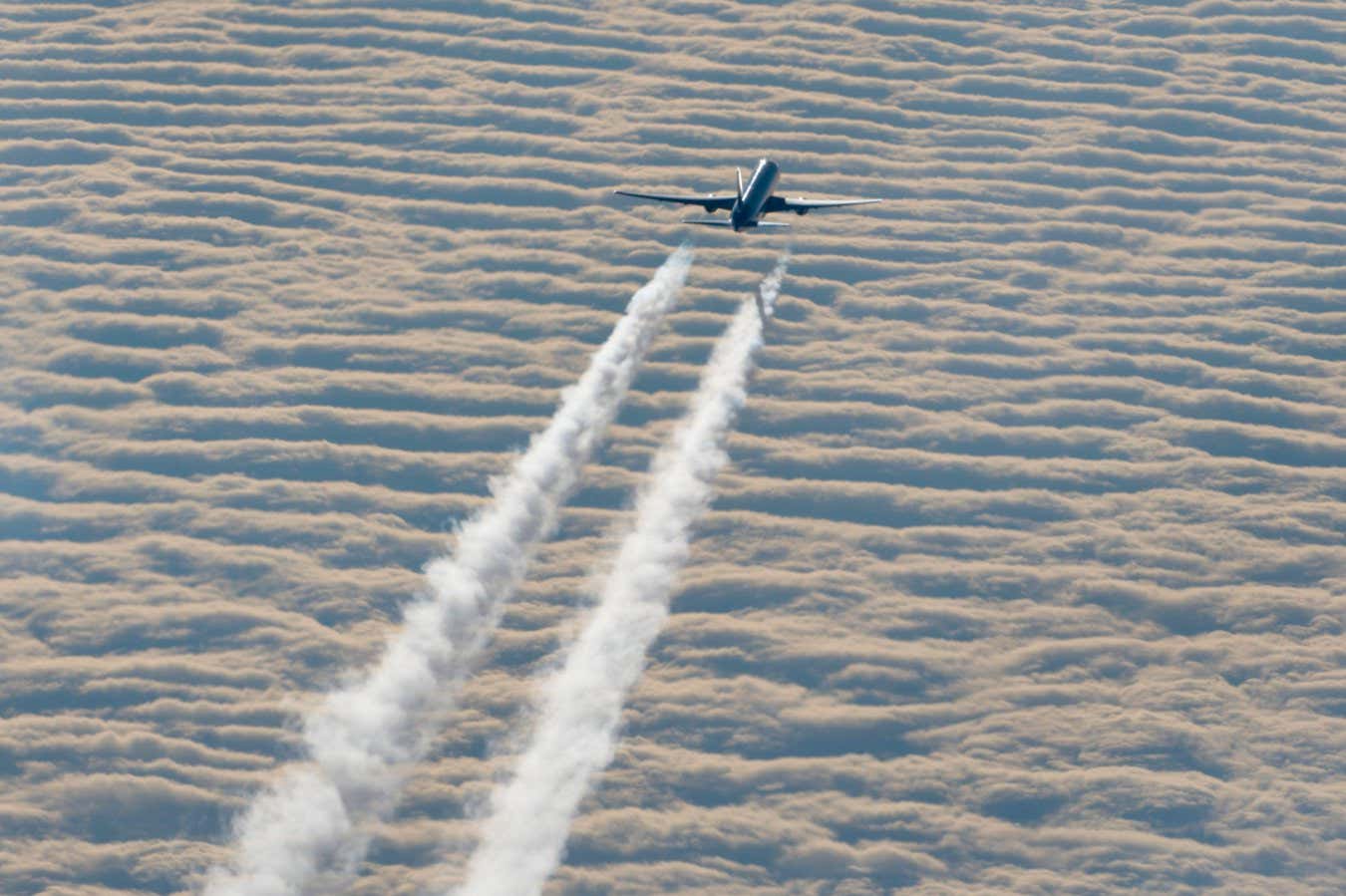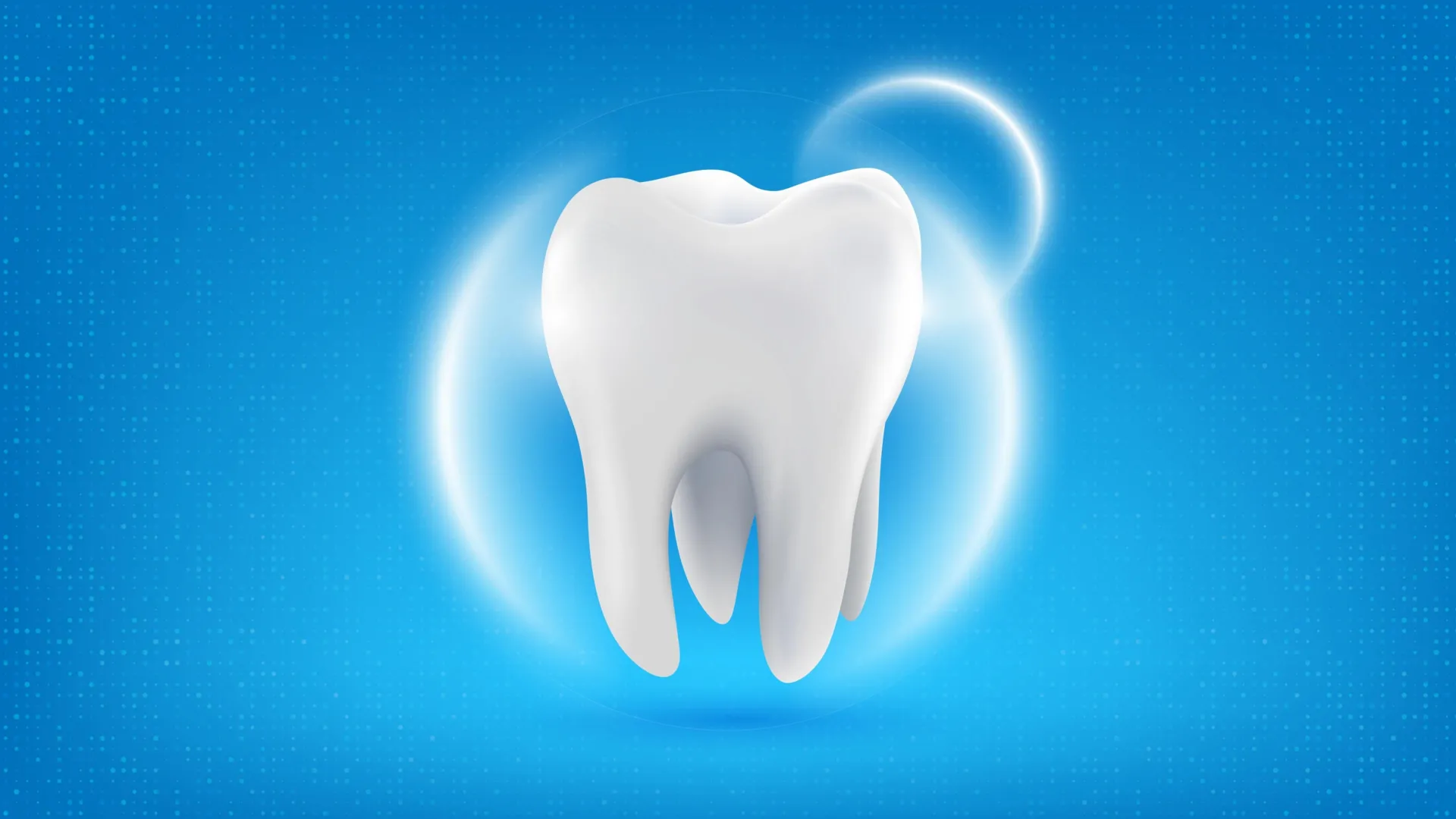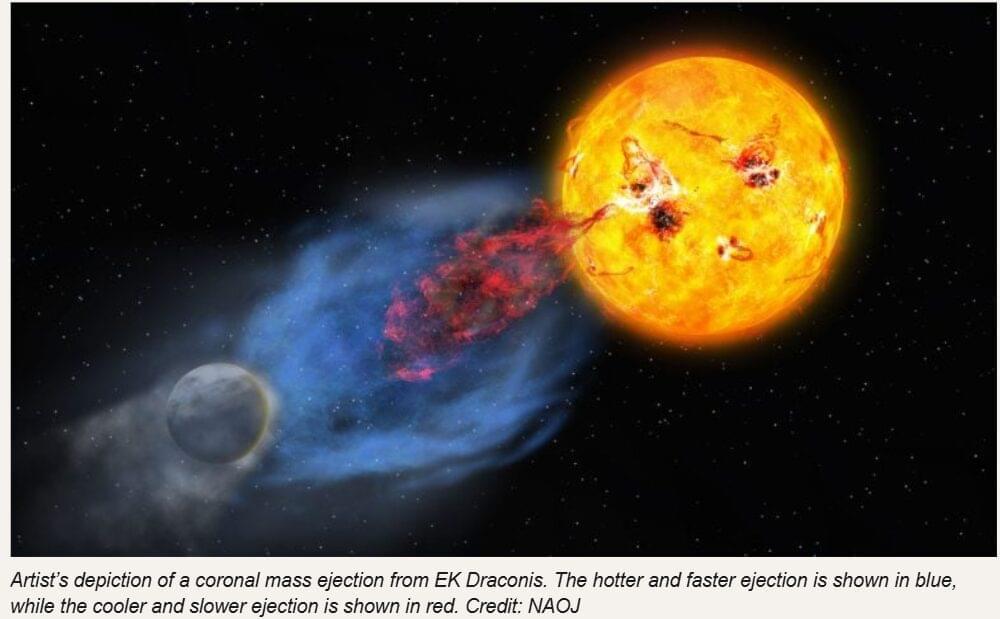Continue your mission with Blue Origin. We’re proud to support and hire transitioning service members, veterans, and spouses.



Could a tunnel through space and time—long a dream of science fiction—ever exist in theory? According to Arya Dutta, a Ph.D. student in Mathematics at the Katz School, the answer might be yes, at least on paper.
Accepted for publication in the International Journal of Geometric Methods in Modern Physics, Dutta’s study, “Thin-shell Wormhole with a Background Kalb–Ramond Field,” explored a mathematical model of a wormhole—a hypothetical shortcut through spacetime that could, in theory, connect two distant regions of the universe. “A wormhole allows faster-than-light travel or even time travel,” said Dutta. “It hasn’t been observed yet, but theoretical research has advanced a lot.”



Researchers at the University of California San Diego School of Medicine have developed a new approach for identifying individuals with skin cancer that combines genetic ancestry, lifestyle and social determinants of health using a machine learning model. Their model, more accurate than existing approaches, also helped the researchers better characterize disparities in skin cancer risk and outcomes.
The research is published in the journal Nature Communications.
Skin cancer is among the most common cancers in the United States, with more than 9,500 new cases diagnosed every day and approximately two deaths from skin cancer occurring every hour. One important component of reducing the burden of skin cancer is risk prediction, which utilizes technology and patient information to help doctors decide which individuals should be prioritized for cancer screening.

As the C language, which forms the basis of critical global software like operating systems, faces security limitations, KAIST’s research team is pioneering core original technology research for the accurate automatic conversion to Rust to replace it. By proving the mathematical correctness of the conversion, a limitation of existing artificial intelligence (LLM) methods, and solving C language security issues through automatic conversion to Rust, they presented a new direction and vision for future software security research.
The paper by Professor Sukyoung Ryu’s research team from the School of Computing was published in the November issue of Communications of the ACM and was selected as the cover story.
The C language has been widely used in the industry since the 1970s, but its structural limitations have continuously caused severe bugs and security vulnerabilities. Rust, on the other hand, is a secure programming language developed since 2015, used in the development of operating systems and web browsers, and has the characteristic of being able to detect and prevent bugs before program execution.

The discovery of a new mechanism of resistance to common antibiotics could pave the way for improved treatments for harmful bacterial infections, a study suggests. Targeting this defense mechanism could aid efforts to combat antimicrobial resistance (AMR), one of the world’s most urgent health challenges, researchers say.
The work appears in Nature Communications.
Findings from the study reveal how a repair system inside some bacteria plays a pivotal role in helping them survive commonly used antibiotics. Many of these drugs work by targeting the production of proteins essential for bacterial growth and survival.

Scientists have found that keratin, the protein in hair and skin, can repair and protect tooth enamel. The material forms a mineralized layer that halts decay and restores strength, outperforming traditional fluoride. Made from sustainable sources like hair, it could soon be available in toothpaste or gels. The discovery could transform dentistry by turning waste into a powerful tool for regeneration.


A young Sun’s violent plasma eruptions may have helped ignite the spark of life on Earth. Astronomers observed a massive, multi-temperature plasma eruption from a young Sun-like star, revealing how early solar explosions could shape planets. These fierce events may have influenced the atmosphere and life-forming chemistry of the early Earth.
Although we rarely notice from Earth, the Sun is continuously hurling enormous clouds of charged plasma into space. These events, known as coronal mass ejections (CMEs), often occur alongside sudden bursts of light called solar flares. When particularly strong, CMEs can stretch far enough to disturb Earth’s magnetic field, producing dazzling auroras and sometimes triggering geomagnetic storms that disrupt satellites or even power grids.
Scientists believe that billions of years ago, when the Sun and Earth were both young, solar activity was far more intense than it is today. Powerful CMEs during that period may have influenced the conditions that allowed life to emerge and evolve. Studies of young Sun-like stars — used as stand-ins for our own star’s early years — show that these stars often unleash flares far stronger than any recorded from the modern Sun.